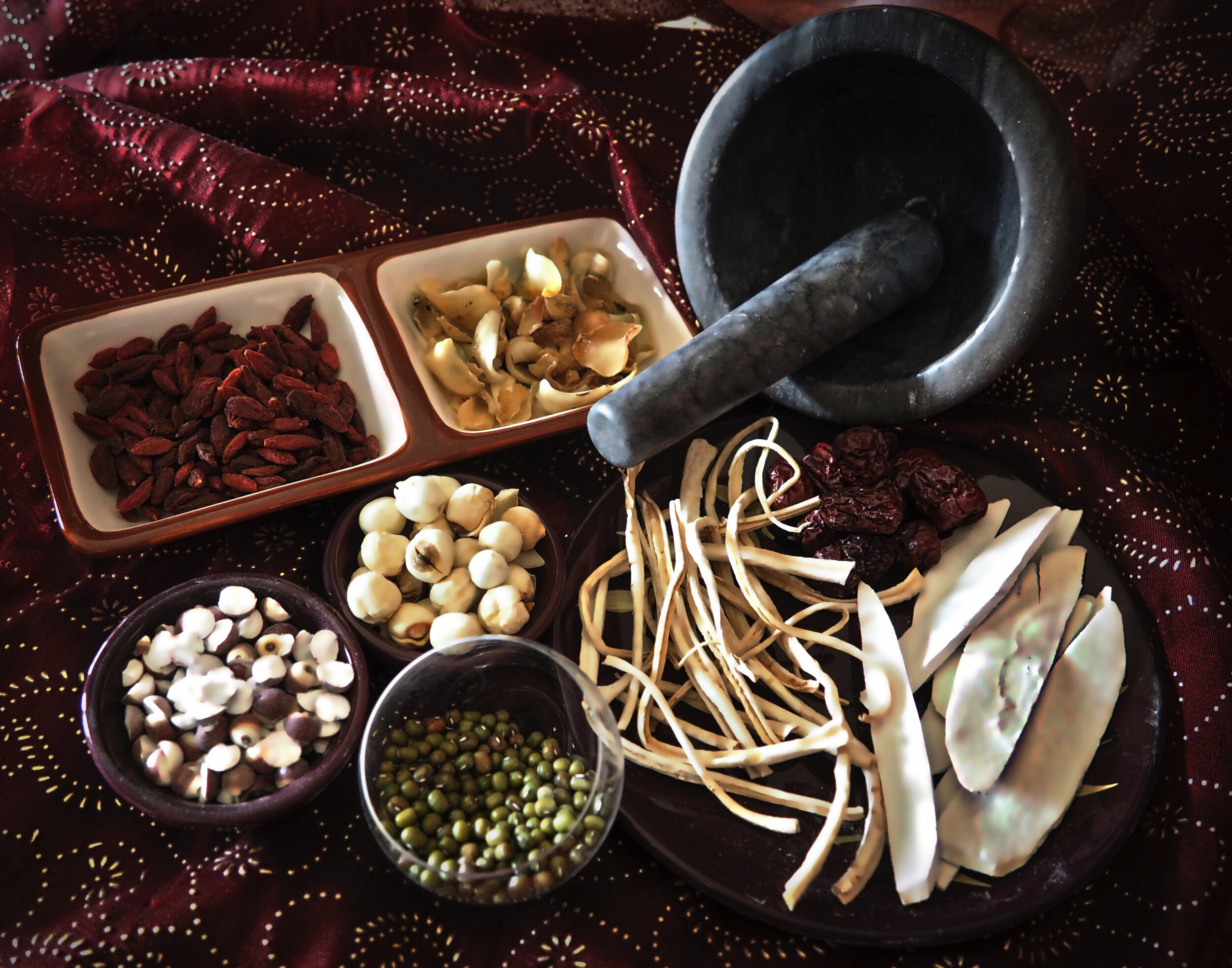Chinese Herbal Medicine is a rich and ancient tradition that goes back centuries, back to the 3rd century BCE. Although it is an ancient art, Chinese herbal medicine has nonetheless changed with the times in response to modern conditions, and diagnoses.
There are over 5000 plant, animal, and mineral substances that make up the Traditional Chinese Herbal Materia Medica. Practitioners may use as few as two, and as many as 15 substances to create a balanced, and harmonious formula, which will address the patient's symptoms in the most effective way. There are hundreds of traditional herbal formulas for every imaginable condition, but formulas are often modified by the practitioner to suit the subtle nuances of the condition and constitution of the patient, making each formulation highly individualized.
Typically, herbal formulas are prepared and delivered in a variety of ways:
· Decoctions. Traditionally, decoctions were prepared from the various herbs in a formula into a concentrated tea. Because they are often time-consuming to prepare, and have a tendency to be strong tasting and smelling, decoctions are not generally favored by western patients, but are very popular in China.
· Powders. Herbal powders (or granules) are manufactured in a carefully controlled way, by cooking and concentrating herbs, then drying them using a special process that results in an easily dissolvable granular powder. These powders are very easy and convenient to use by just mixing the with hot water.
· Patent Formulas. These are pre-made herbal formulations in pill or tablet form. Patents are very popular with western patients because of their convenience, and ease of use.
· Syrups. Syrups are generally used for coughs and sore throats, and are very popular with children.
· Liniments. Oils, plasters, salves, and compresses infused with herbs are external application only.


